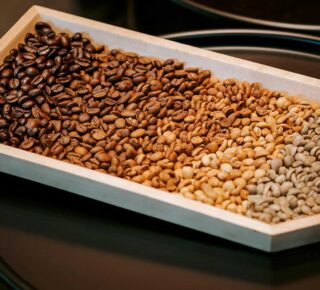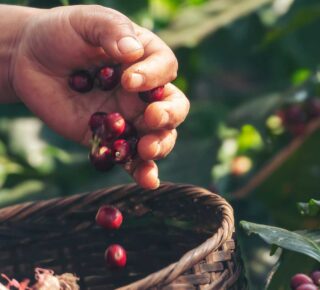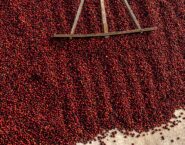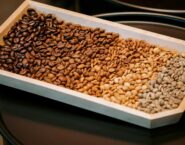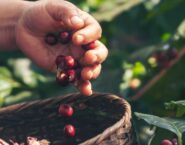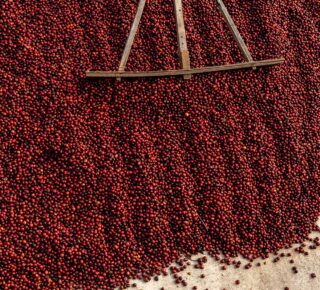
Coffee varieties (or varietals) are simply different types of coffee beans, much like there are different types of apples. Each of the varieties of coffee has its own combination of characteristics, including flavor, body (texture and thickness), acidity, level of sweetness, finish, and amount of caffeine.
However, those characteristics of coffee varieties also are influenced by the characteristics of the areas where the coffee beans are grown. These include factors such as soil, climate, sunlight, surrounding vegetation, and altitude—which, taken together, are referred to as “terroir.” The terroir is especially impactful in single-origin coffee, which comes from one farm, region or country, emphasizing one distinctive and often complex flavor. This is referred to as a “flavor profile,” which is associated with a strong sense of place. The ways different varieties of beans are harvested and prepared for roasting also play a role shaping a coffee’s flavor profile.
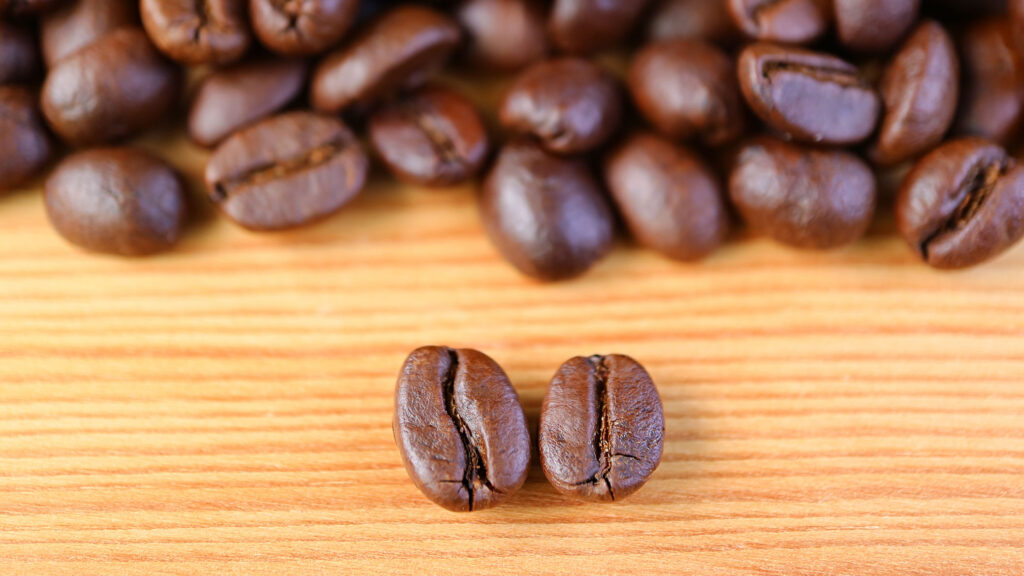
The most common varieties of coffee
Odds are good that the coffee you drink most often is either arabica (Coffee arabica) or robusta (Coffea canephora). While other, less well-known species – including Coffea liberica and Coffea excelsa – are becoming more popular, arabica and robusta coffees represent more than 99% of the coffee grown worldwide for commercial purposes.
Following is more about the world’s top two species of the coffee plant.
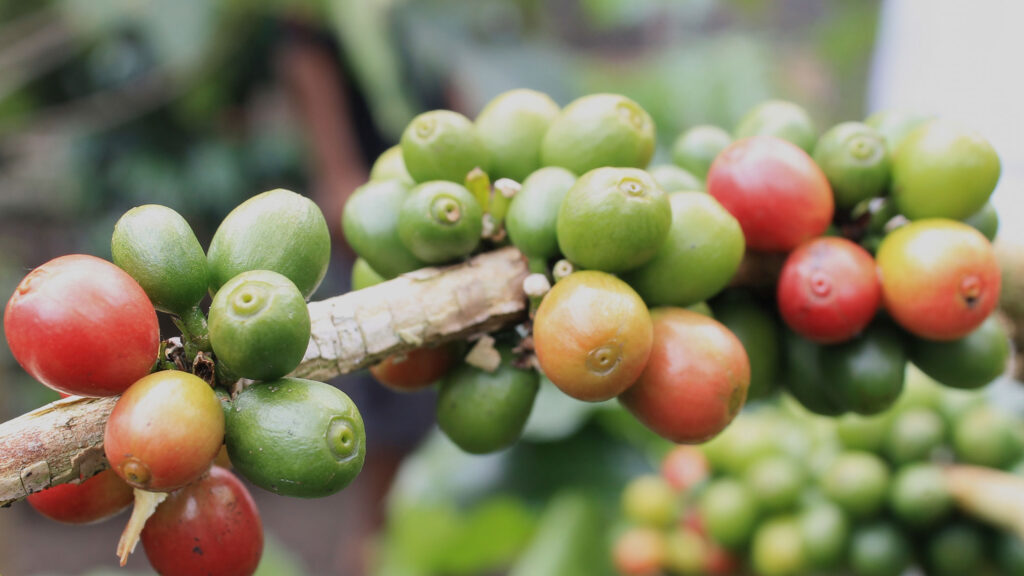
Arabica
Coffea arabica is descended from the original coffee trees discovered in Ethiopia. These trees produce fine, mild, aromatic coffees that bring the highest prices on the world market.
Popular varieties
Bourbon, Caturra, Geisha, Yirgacheffe, Typica
Percentage of coffee produced globally
Approximately 62% of the world’s coffee production
Growing locations
Central and South America; East Africa; Asia
Growing conditions
The most important factor for arabica is a steady, mild temperature—ideally between 59 and 75 degrees Fahrenheit, slightly cooler than robusta—with about 60 inches of rainfall per year and good soil drainage. The trees are hearty, but a heavy frost will kill them.
High quality arabica is often associated with coffees grown at higher altitudes—generally between 2,000 to 6,000 feet above sea level—though optimal altitude varies with proximity to the equator.
Trees
Arabica trees are costly to cultivate because the ideal terrain tends to be steep, and it’s difficult to access them. The trees are also more disease-prone than robusta, so they require additional care and attention.
Beans
Arabica coffee beans are flatter and more elongated than robusta and lower in caffeine.
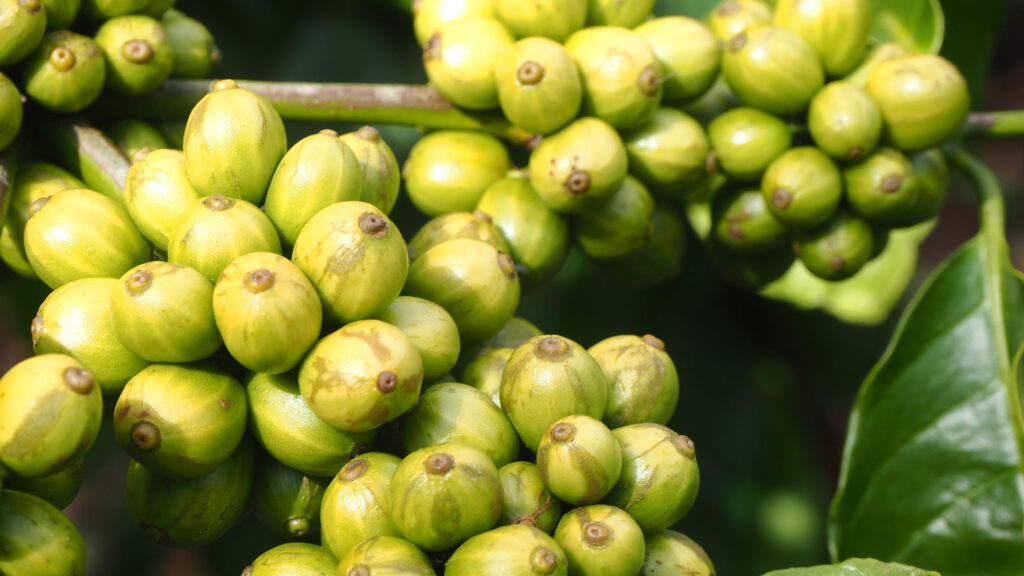
Robusta
Coffea robusta originated in the lush forests of central and western sub-Saharan Africa. Known for strong, bold flavors with bitter undertones, robusta is primarily used in blends and for instant coffees. It often has a pronounced aftertaste, which makes it suitable for darker roasts and blends with arabica. It is a common component in Italian espresso blends.
Historically, robusta has been less expensive than arabica, but it’s more resistant to climate change, creating an extra incentive for farmers to continue improving quality.
Varieties
Robusta
Percentage of coffee produced globally
Approximately 38% of the world’s coffee production, and production is increasing
Growing locations
Central and Western Africa; parts of Southeast Asia, including Indonesia and Vietnam; Brazil
Growing conditions
Robusta can withstand slightly hotter, more humid climates, preferring constant temperatures between 75 and 85 degrees Fahrenheit, which enables it to grow at far lower altitudes than arabica. It requires about 60 inches of rainfall a year and cannot withstand frost.
Trees
The robusta tree is heartier and more resistant to plant disease and parasites than arabica, which makes it easier and cheaper to cultivate.
Beans
Robusta beans produce a coffee with a bolder flavor and about 50–60% more caffeine than arabica.

